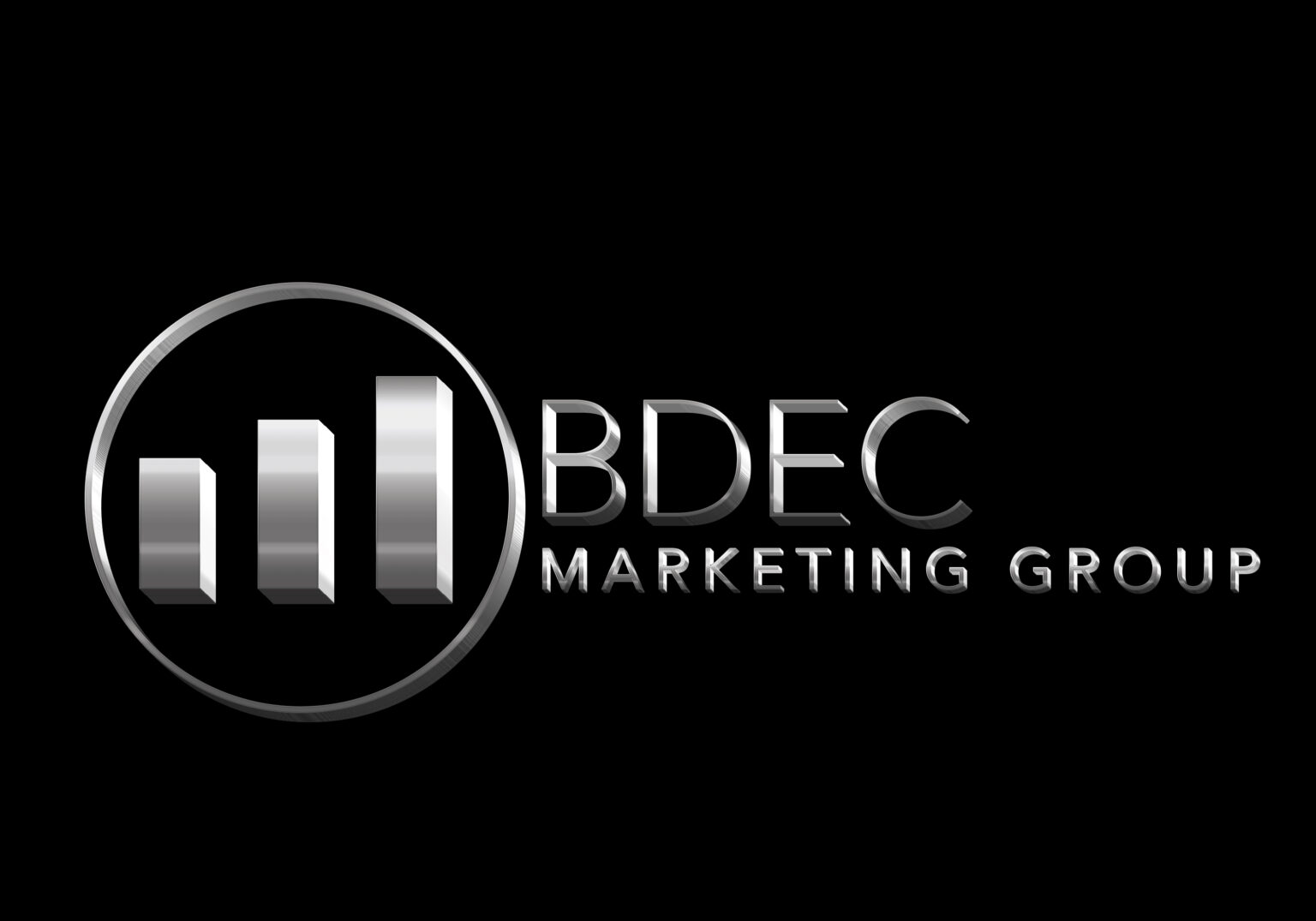Seasoned B2B marketers know a well-executed zoom webinar is a goldmine for sales leads. Just consider these webinar lead generation statistics:
- 73 percent of B2B marketers and sales leaders say a webinar is the better way to generate high-quality leads (source)
- 79 percent of buyers say they will share info in exchange for webinars (source)
- 44 percent of marketers have hosted or participated in a webinar
- 87 percent of those marketers found it to be an effective plan (source)
- Still, sales-ready leads do not just pour in the 2nd you decide to hold a zoom. Marketers must be strategic in their approach to zoom webinar lead generation. But, how? the blog post of today answers this question and more.
- Keep reading to learn 5 webinar lead generation tactics.
Create A Profile of Your Ideal Client
The 1st step to great leads starts with understanding your ideal webinar audience. Who do you need to register for your webinars? Marketers can answer this important question by creating purchaser personas. In easy terms, a buyer persona is a profile containing the features of your ideal buyer. This profile lets marketers invite and attract attendees who aren’t only interested in the webinar itself but who are qualified to buy your products or services. To attract more sales-ready leads, buyer personas must inform your webinar plan at each level. Utilize the data you know about the ideal purchaser to determine.
Who to Invite?
- Topic selection
- Key points for highlighting on the registration landing page
- The depth at which you explore the topic
- The length of the webinar
- Guest speakers and presenters
- Channels used to promote the webinar
- What date or time you hold the live event?
Work to Make Webinar Content That Speaks to Potential Buyers
Although this looks like an obvious step, it is a crucial step toward optimal webinar lead conversion. Think about it this way, just because somebody is willing to watch a B2B webinar does not mean they are ready to purchase your product. For this reason, it is essential to leverage the contents of your webinar to appeal to those who are innately qualified to make a buy from you. We recommend you consider your purchaser personas’ big pain points. Then, using your webinar content, position your product as a solution to that issue. Remember, your job as a marketer is not done just because you get people to register for your webinar. Instead of thinking of webinar registrants as the end goal, you think of the product revenue and sales you are going to generate as a result of your webinar. For this reason, it is crucial to develop webinar content before you even try to attract attendees. When you know accurately what topic you plan to explore and which pain points you are going to solve, it is easy to appeal to your ideal attendee and subsequently convert them into a paying client. The next step is to consider which format will resonate most with your ideal purchaser. Here’re 3 examples of effective webinar formats to select from:
Educational Webinars
The educational webinar is famous for a reason. It offers action steps to solve a prospect’s issues. Research shows webinar titles containing a list of words on how to drive high attendance rates, showing the power of practical info to garner new leads (source).
Case Studies
Why are case studies an efficient webinar format? Sales-ready leads want concrete details on product ROI and advantages. Case studies offer social proof that your product can deliver. 42% of B2B buyers find case studies to be valuable in the late stage of the buying procedure (source).
Product Demos
Later stage prospects want further in-depth info about your product. Product demos may engage those leads by showing clear solutions to their top challenges. A word of caution here. Steer away from delivering a sales pitch. Instead, keep the webinar info with workshops, tutorials, or training.
Promote Your Webinar
If you execute the recent steps correctly, the result will be a highly strategic and targeted marketing webinar. But you must yet make an effort to promote and publicize your webinar to reach your ideal audience of potential clients. Here is what we recommend:
Email Marketing
Pull a list of email subscribers who match the features of your ideal webinar attendee. Consider the topic you are covering and the job titles, industries, and job functions this topic will appeal to. Then develop an email cadence and creative promotions to send to this specific list of people.
Paid Advertising
The amount of money you spend advertising your webinar will depend on your exact marketing budget and aims. Consider this example: If you are holding a webinar intending to upsell existing clients on a new feature or product, it would not make sense to spend money promoting your webinar to people who are not clients. But, if you are looking to target an audience that does not currently use your products, advertising can be a profitable source of leads and registrants. Read more about PPC for lawyers here.
Social Media
Work with your design team for developing creative social media promotions for your webinars. Concentrate your efforts on the channels most usually used by your ideal purchasers for a B2B company Twitter or LinkedIn can make the most sense. But, do not be afraid to test different platforms. You never know which will be the most efficient.
Partner Marketing
If you’re partnering with an influencer or company to host your webinar, do not be afraid to leverage your audience to promote your event. Some weeks before your webinar, send over event images, hashtags, and registration links so the important parties have all the necessary info on hand and readily available.
Develop A Lead Scoring Procedure Specific to Webinar Leads
Webinar data offers valuable insights into lead quality. Before handing off leads to your sales team, make sure to use a webinar precise lead scoring model to qualify leads.
Lead Scoring Works Like This
Marketers determine which criteria or data points indicate a sales-qualified lead, then assign numerical point values to every one of those criteria. The result is a score that determines the sales readiness of the lead. When scoring webinar leads, take these essential factors into consideration.
Registration Data
The webinar signup info reveals basic details like industry, job title, department, location, and company size.
Behavioral Data
Behavioral data also called engagement data shows how every lead interacts with your webinar. Finally, this data reveals every lead’s interest level in the topic matter. Behavioral data includes things such as questions, social media engagement, viewing history, content downloads, viewing duration, and survey results.
Post-Webinar Lead Nurturing and Follow Up
The reality isn’t that each webinar lead will be ready to purchase after every live event. It is possible that some registrants will not even attend your webinar. For this reason, you must develop post-webinar promotion tactics to engage and nurture unqualified leads.
Offer On-Demand Access
One-third of all webinar attendees just watch the on-demand event. With that in mind, always promote an on-demand version post-event to capture new leads or to let those who missed the event catch up on your content.
Provide Relevant Content Post-Event
Use reviews from the live Q&As, downloadable content, and surveys to make new content that resonates with prospects. Keep in mind, that content does not have to be brand new. Consider repackaging famous webinar content into an e-book or infographic. Several prospects will appreciate the convenience of webinar info in a downloadable PDF. Promote this targeted content through emails to nurture leads through the sales funnel.
If you’d like to learn how to generate more business using Zoom or about legal marketing reach out to BDEC…we’re happy to help!
Schedule a free call with one of our legal marketing experts, today!



